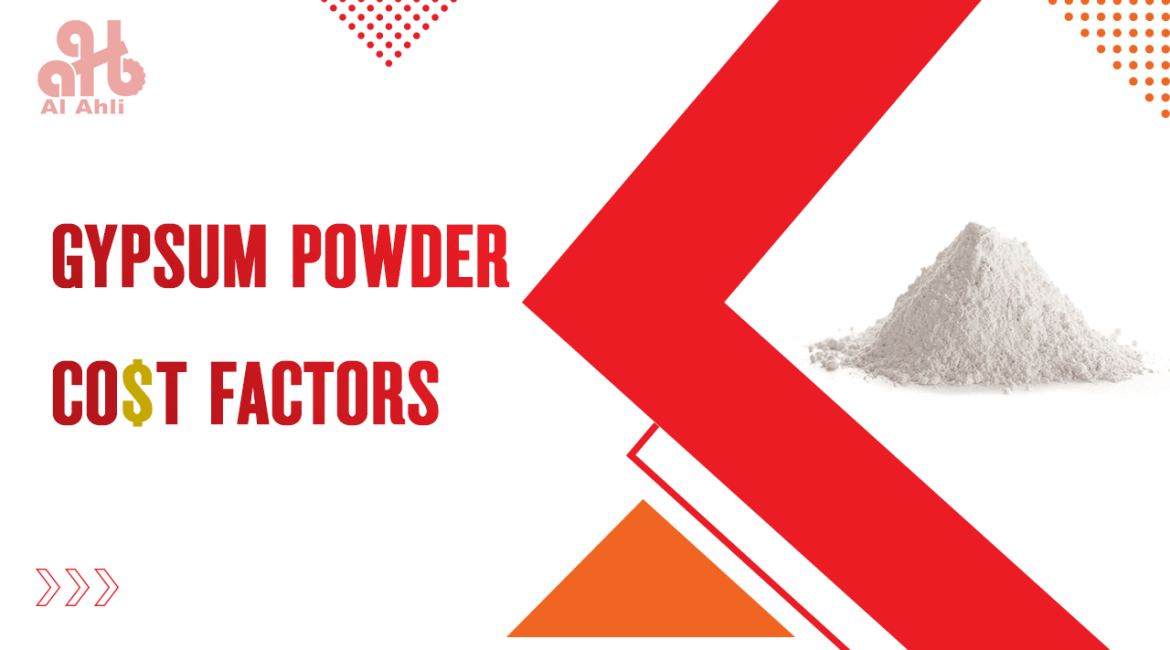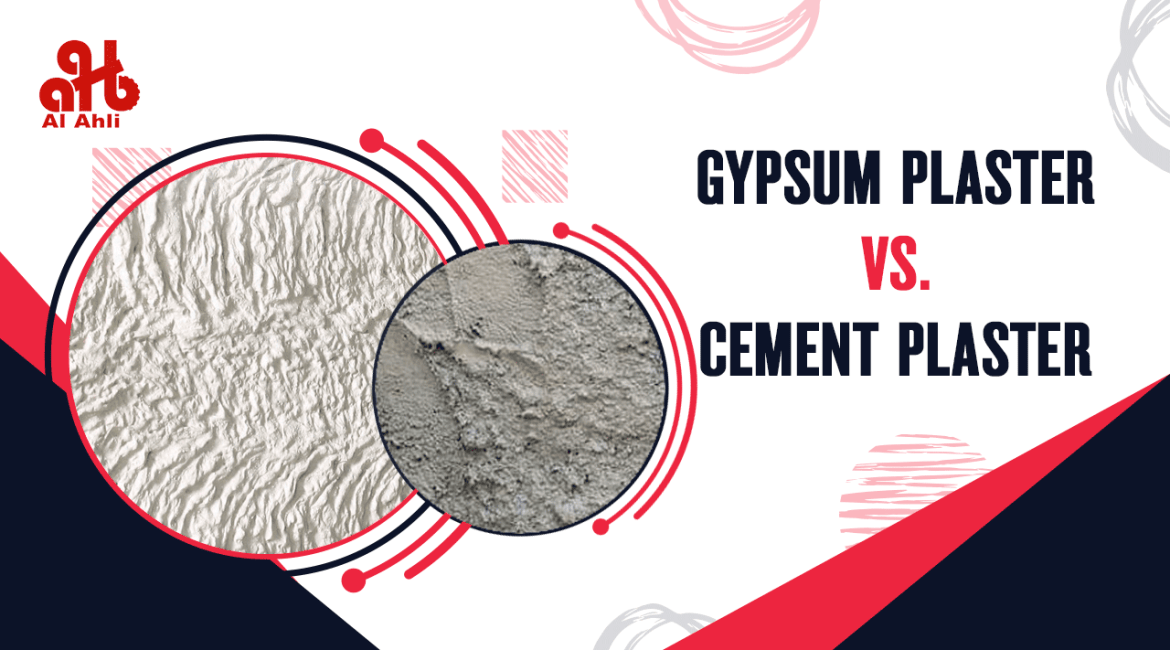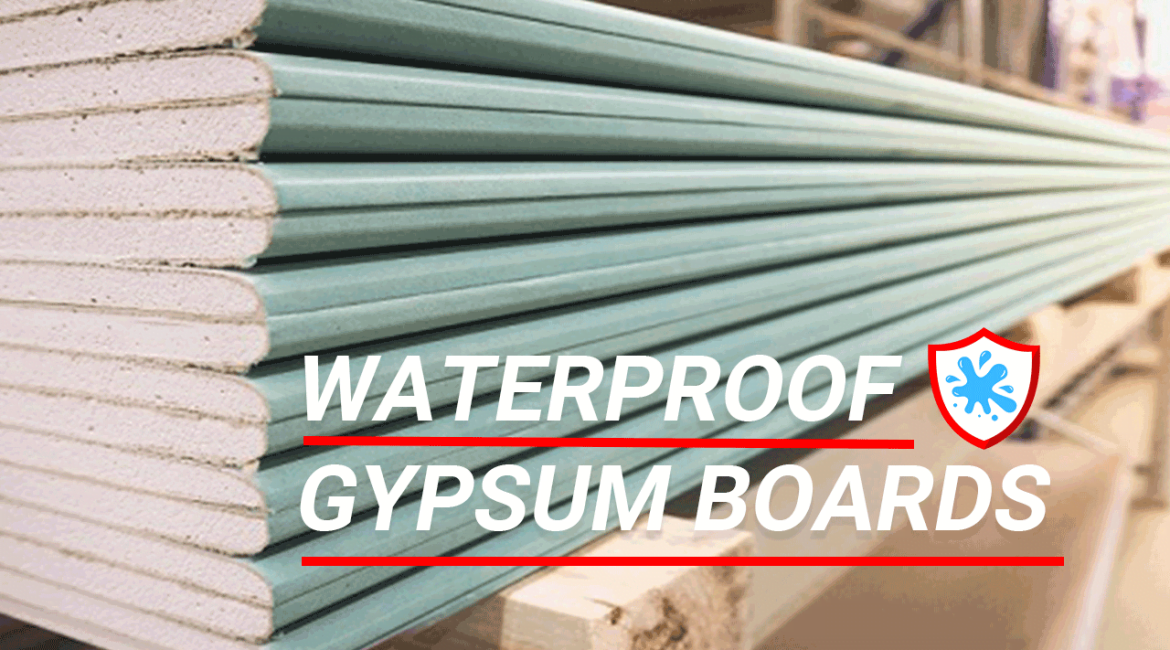Introduction to Gypsum Plaster Gypsum plaster, a widely used building material, is derived from the mineral gypsum (calcium sulfate dihydrate). This versatile material has been utilized for centuries in various applications, particularly in construction and interior design. Its unique properties make it an excellent choice for finishing walls, ceilings, and...
Drywall vs. Traditional Gypsum Wall: A Comprehensive Comparison
Comparison between drywall and traditional gypsum wall Drywall introduction Drywall, also known as plasterboard, wallboard, gypsum board, or sheetrock, is a widely used construction material for creating interior walls and ceilings. Here are the key points about drywall: CompositionGypsum Core: Drywall consists of a layer of gypsum plaster, which is...
Gypsum Plaster Blocks: A Sustainable Solution for Modern Building
Insulation gypsum plaster blocks Gypsum plaster blocks are innovative building materials that have gained popularity in modern construction due to their insulation properties and versatility. They are primarily used for creating lightweight, fire-resistant, non-load bearing walls and partitions. Below is an overview of their characteristics, benefits, and applications. Composition and...
Plaster’s Comeback
Why Designers Are Embracing This Classic Material Again Plaster has been a staple in construction since the era of the ancient Egyptians. In the United States, it played a significant role in residential building prior to World War II. Its long-standing popularity can be attributed to its ease of application...
Gypsum Recycling: Environmental Sustainability in Construction
Gypsum recycling Process of recycling construction gypsum waste into a raw material. DefinitionGypsum recycling involves turning gypsum waste from construction into recycled gypsum for use as a raw material in new products.Sources of Gypsum WastePrimarily consists of waste from gypsum boards like drywall, wallboards, and includes gypsum blocks and plaster.Recycling...
Gypsum Composites With Fiber Reinforcement
When Gypsum Meets Fibers Innovations in Composite Materials for the Construction Industry Gypsum-fiber composites are a type of construction material that combines gypsum with various fibers to enhance its properties.The manufacturing process of gypsum-fiber composites typically involves mixing gypsum with water, fibers, and sometimes other additives like superplasticizers or mineral...
Gypsum Powder Cost Factors
Gypsum Powder Cost Factors The cost of gypsum powder is influenced by several factors, including:Quality: Higher-quality gypsum powder typically comes at a higher price due to the superior materials and manufacturing processes involved.Quantity: Buying gypsum powder in bulk can often lead to cost savings. It is essential to accurately calculate...
Gypsum Plaster VS Cement Plaster: Understanding the Best Choice for Interior Walls
Gypsum Plaster: A Versatile Construction Material Gypsum plaster is a type of plastering material made from gypsum rock that is found naturally and is dried down to make plaster powder. It is created by adding water to the powder, which causes the gypsum to chemically combine with water and harden....
Gypsum Powder Production Methods
Gypsum Powder Production Steps The production methods of gypsum powder involve several key steps. Firstly, the raw gypsum ore is crushed into small particles smaller than 30mm using a crusher. This crushed material is then transported to a storage bin for standby. Subsequently, the gypsum raw material goes through a...
Waterproof Gypsum Board
Waterproof gypsum board uses Waterproof gypsum board, also known as mold/moisture-resistant gypsum board. It is designed for use in areas prone to high humidity and occasional water exposure. It offers protection against moisture/mold, making it suitable for applications such as bathrooms, kitchens, and areas with high humidity. These boards are...











